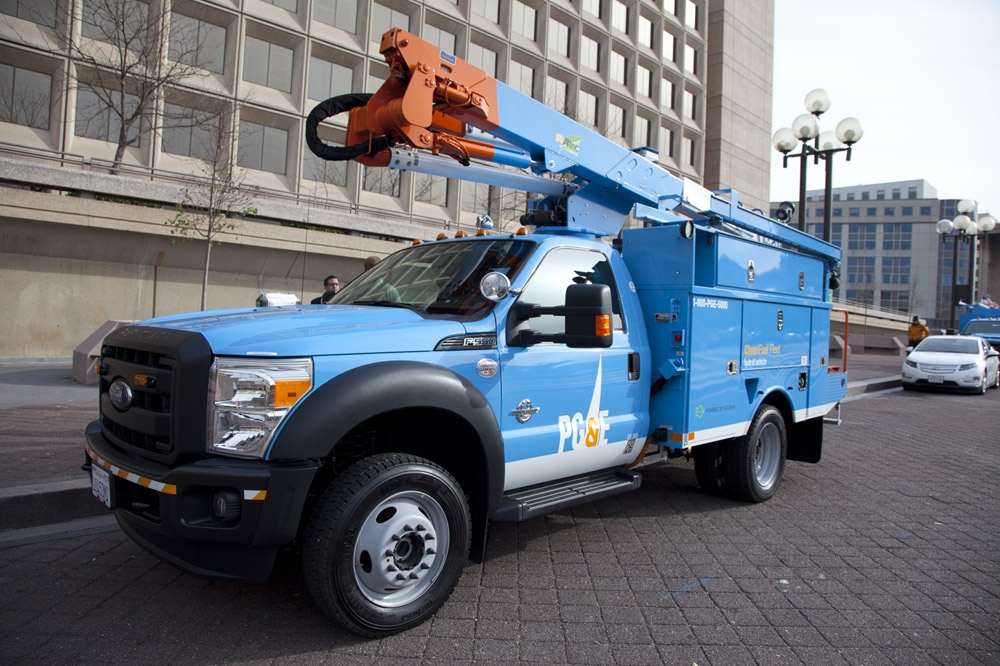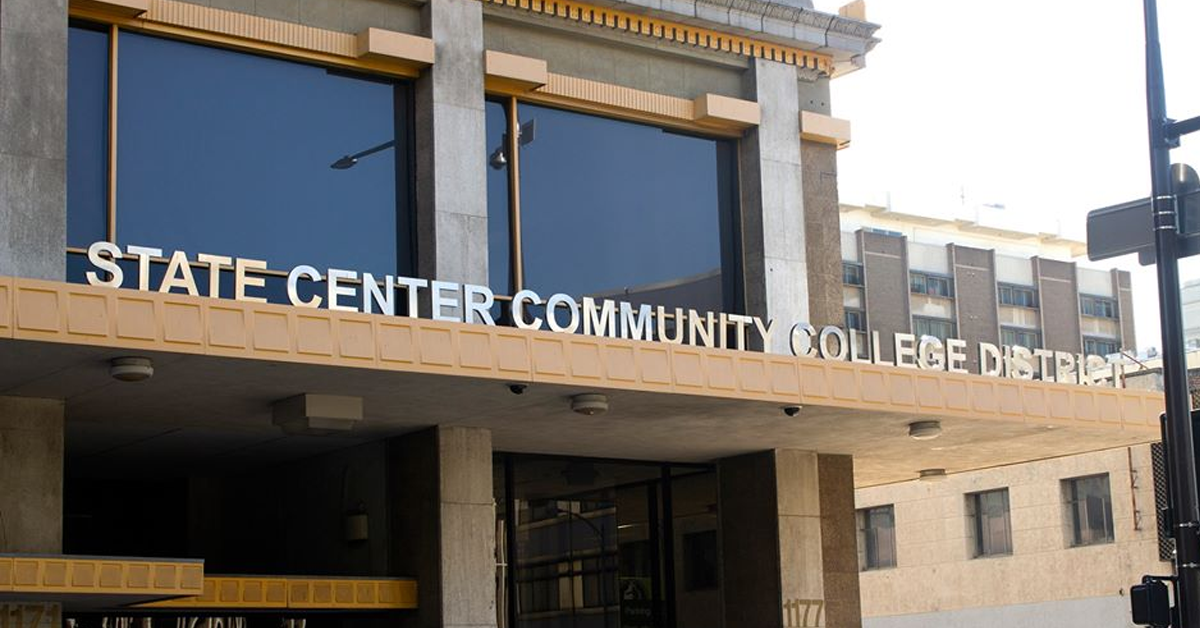A top-level board at the Fresno Council of Governments on Friday (Jan. 11) will review that organization’s legislative platform for 2019.
The Policy Advisory Committee, composed of city managers and the county administrative officer, will get a two-page list with dozens of policy goals connected to the power and purse strings residing in Sacramento and Washington, D.C.
Most of the goals deal with transportation. I give you the 10 goals from the list that caught my eye:
High-Speed Rail
1.) Support federal and state funding for the development of the high-speed rail system in California.
2.) Support location of High-Speed Rail heavy maintenance facility in the City of Fresno or Fresno area consistent with Fresno County’s Expression of Interest.
Goods Movement – Surface Highway System
3.) Advocate for sufficient state and federal funding to maintain and improve goods movement corridors, recognizing that the majority of goods movement takes place on surface highways and that State Route 99 and Interstate 5 in the San Joaquin Valley are major national goods movement corridors.
4.) Continue to advocate for timely completion and upgrade of State Route 99 as a six-lane freeway from Kern County to Sacramento.
Goods Movement – Freight Rail
5.) Seek increased state and federal funding for highway-railroad grade separations, to increase safety and efficiency of surface highways, and facilitate movement of freight rail.
6.) Support efforts to investigate and site intermodal facilities to make the movement of freight in, out, and through the San Joaquin Valley more cost-effective, create more economic opportunities, and reduce pollutant emissions.
Goods Movement – Air Freight
7.) Support efforts to seek proportionate funding to maintain, rehabilitate, and improve air freight infrastructure at Fresno Yosemite International Airport.
Local/Regional Planning – Transportation and Land Use
8.) Support efforts that encourage the creation of jobs near housing to improve the jobs/housing balance and reduce travel.
Local/Regional Planning – Water
9.) Support funding to assist disadvantaged rural communities to secure and maintain safe, affordable, and reliable community water systems and water supplies.
10.) Support opportunities for investigation and funding for increased surface and groundwater storage to increase water supply, reliability, and flexibility through conjunctive use.
These goals give you a sense of the logistical complexity at the center of an economically and socially successful region in our 21st century world. I found especially interesting the concept of “goods movement” and how it connects to just about everything else in modern life. Is not “goods movement” what all the current action now taking place in the Reverse Triangle south of Fresno all about?
A portion of the California Department of Transportation website is devoted to various aspects of goods movement. For example, Caltrans has posted a Freight Planning Fact Sheet for each of its 12 districts.
Fresno is in District 6. The district is composed of Fresno, Madera, Kings, Tulare and Kern counties.
“Totaling 22,454 square miles, this geographically diverse district stretches from the southern most part of Yosemite National Park to the Mojave Desert,” the fact sheet says. The district “has 476 miles of freeway and 1,554 miles of rural and urban highway. The District has the largest portion of road miles to maintain in the state highway system with 2,030 miles.”
The fact sheet suggests what Fresno and Fresno County are up against in the competition for “goods movement” business just in District 6. Under the heading “Warehousing and Distribution Centers,” the fact sheet begins with the North Pointe Master Planned Business Park in South Fresno. The Fresno site is 230 acres in size.
The other two sites listed on the fact sheet are the 700-acre International Trade and Transportation Center in Shafter (Kern County) and the Tejon Ranch Industrial Complex south of Bakersfield (Kern County). The former is a “700-acre rail-served logistics park” with “direct rail access with BNSF Railway’s mainline and easy access to I-5 and SR 99.” The latter is a “master planned development located at the heart of California’s north-south connection, I-5 and SR 99, comprised of 1,450 acres. TRI provides outbound capabilities able to serve California and 11 western states within 24 hours.”
“Goods movement” is all about transportation. Transportation doesn’t seem to be much of a compelling subject with the general public these days. We’re in a world where social justice issues and grievances are front and center 24/7. But I suggest that “goods movement” will make or break Mayor Lee Brand’s effort to transform Fresno.
Fresno COG’s Policy Advisory Committee on Friday will meet in the late morning at COG headquarters in Downtown Fresno. Earlier on Friday morning, COG’s Transportation Technical Committee will meet at the same place.
One of the items on the Technical Committee’s agenda is honoring someone who for many years has found transportation issues to be a compelling topic.
The staff report says:
“Representing the League of Women Voters, Mary Savala tendered her resignation from the Transportation Technical Committee on November 27, 2018. Mrs. Savala began formally serving on the TTC beginning in 2017 but has been a vocal proponent of alternative transportation modes in the Fresno region since the early 2000s. Prior to her time on TTC, she spent eight years on the Measure C Citizens Oversight Committee ensuring that transportation funding was being appropriated and spent as local voters intended. She has been stalwart in defending transit expenditures and seeking additional transportation funding and options for our most vulnerable citizens, serving the community with distinction and honor. Fresno COG staff will miss her sharp observations, which have always been paired with her kind demeanor.”
Thank you for your service, Mary, and best wishes in the future. May your fellow citizens match your enthusiasm for transportation debate.









